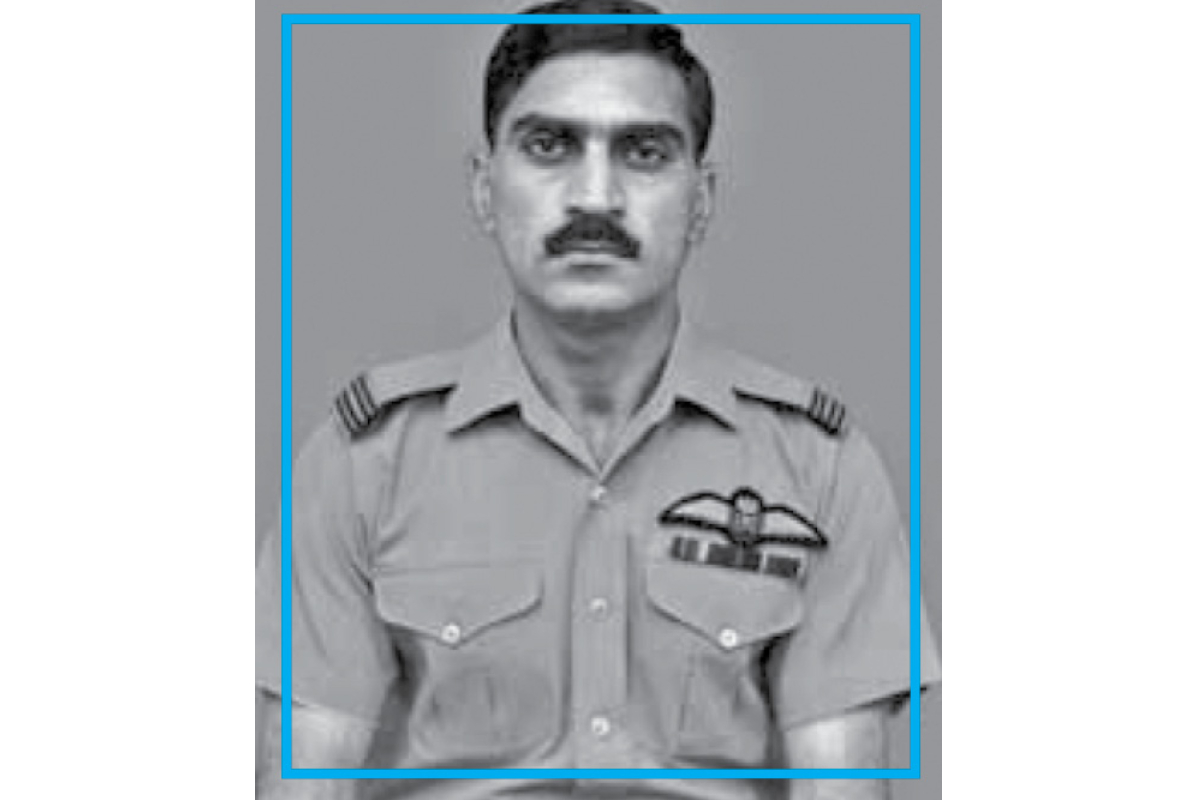
Nerves of Steel
An exceptional instructor, Gp Capt Israr Ahmed showed his mettle during the ‘71 war
When war broke out in December, 1971, Group Captain Israr Ahmed was working as a instructor at the Pakistan Air Force (PAF) Academy Risalpur. Pitted against a numerically superior foe, and imbued with the desire to sustain the all-out nature of its assault, the PAF had to pack every available ounce into its punch in order to keep the enemy off its balance. Therefore, the PAF leadership decided to use even the vintage Harvard training aircraft in the war. Soon the Harvard fleet was pressed into service, despite its comparatively insignificant capabilities. All the armament it could carry consisted of 400 rounds and four 60 pound rockets. Its greatest value could perhaps be rated as ‘nuisance’, though it was able to carry out reconnaissance and inflict damage to soft-skinned targets.
Israr was among the resilient instructor pilots of the Academy were tasked to fly the trainer in its new wartime role. Given that the Harvard could only reach a maximum speed of 145mph, Israr and the other crew knew that flying it during the day over the frontline would be suicidal. Its safety lay in night work at low level, but this also constituted its greatest hazard.
Without the comfort of a well-lit cockpit, the pilots would be required to fly in full blackout conditions, limited moonlight, with only the aircraft’s magnetic compass and their own sixth sense to guide them. Despite flying night after night, the PAF did not lose even one of these aircraft.
On the night of December 5, when the war was hardly 24-hours old, Israr volunteered to fly a vital interdiction mission in Chamb. The Pakistan Army needed close support and convoy interception missions on regular intervals. Since the operation of the Harvard, directly from Risalpur, would restrict their radius of action considerably, it had been decided to use Chaklala as their refuelling station and final jumping board to operational areas. Israr took off in the dead of night and landed at Chaklala for refuelling.
With fuel tanks topped up, Israr took off for the daring mission. Flying low, he reached the area with pinpoint accuracy. As he pulled for the first attack on a convoy, the enemy’s anti-aircraft guns gave him a hot reception. Undaunted he pressed on and attacked the target. As he pulled up for exit, Israr’s aircraft was hit by enemy ground fire and a shell fractured his right arm. Profusely bleeding, he flew the aircraft with great determination. Kissing the curvature of the earth, he exited the battle area and later climbed to higher level, and headed home. He flew the aircraft meticulously and landed back safely. His great heroics, not only saved the valuable aircraft, but also became the symbol of pride for the flying instructors of Risalpur.
Career after the War
Following the culmination of the war, veteran Israr joined his parent unit, the elite Number Six Sqaudron and continued the job he knew the best – flying the formidable Hercules. Soon his meticulous and precise flying skill led him to become an instructor in the esteemed Transport Conversion School (TCS) at Chaklala. After he became the Chief Flying Instructor at the School, he improvised procedures of training in transport flying and earned respect among the transport aircrew.
In 1978, he was selected for deputation to Libya where he stayed for three years. Upon his return, he took over the command of the TCS and gave its training procedures a new meaning by improvising and using modern methodologies. His efforts were widely acknowledged at all levels and in their recognition, he was awarded with Sitara-e-Basalat.
Israr remained on various command and staff appointments later in his career, which included the command of the Number 35 Wing, Officer Commanding Administration Wing at Sargodha, Staff Operations Officer at Chaklala and Officer Commanding Administration Wing at Risalpur. His long and illustrious career ended in August, 1987 when he retired in the rank of Group Captain.
Catch all the National Nerve News, Breaking News Event and Latest News Updates on The BOL News
Download The BOL News App to get the Daily News Update & Live News.





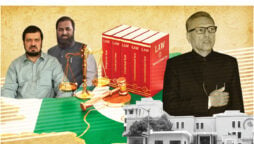

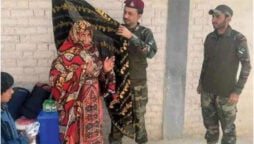
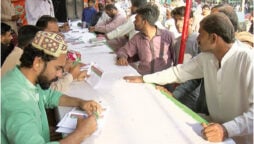
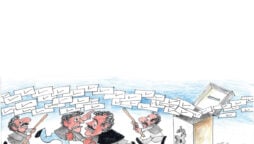
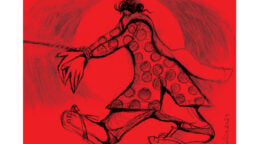

 Read the complete story text.
Read the complete story text. Listen to audio of the story.
Listen to audio of the story.